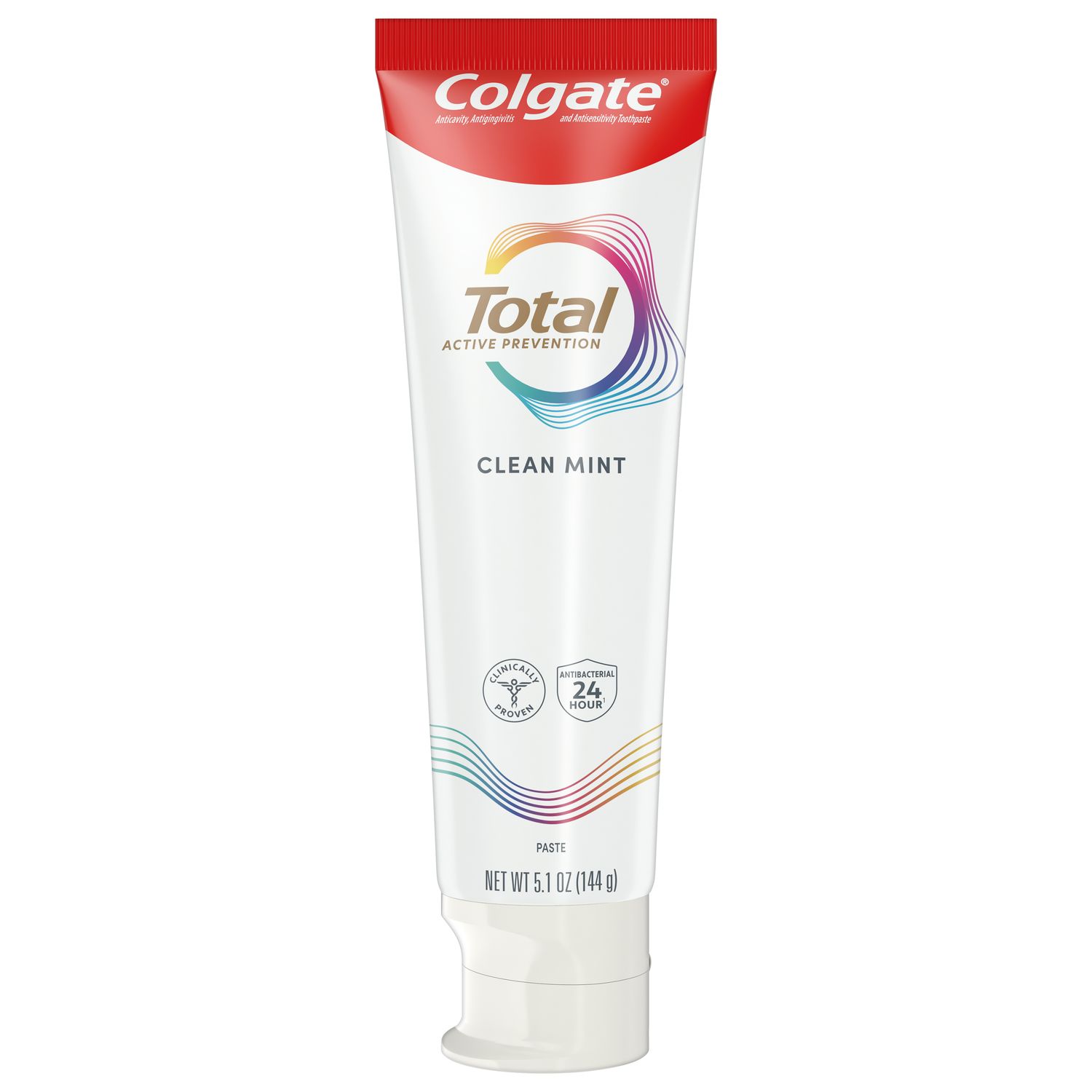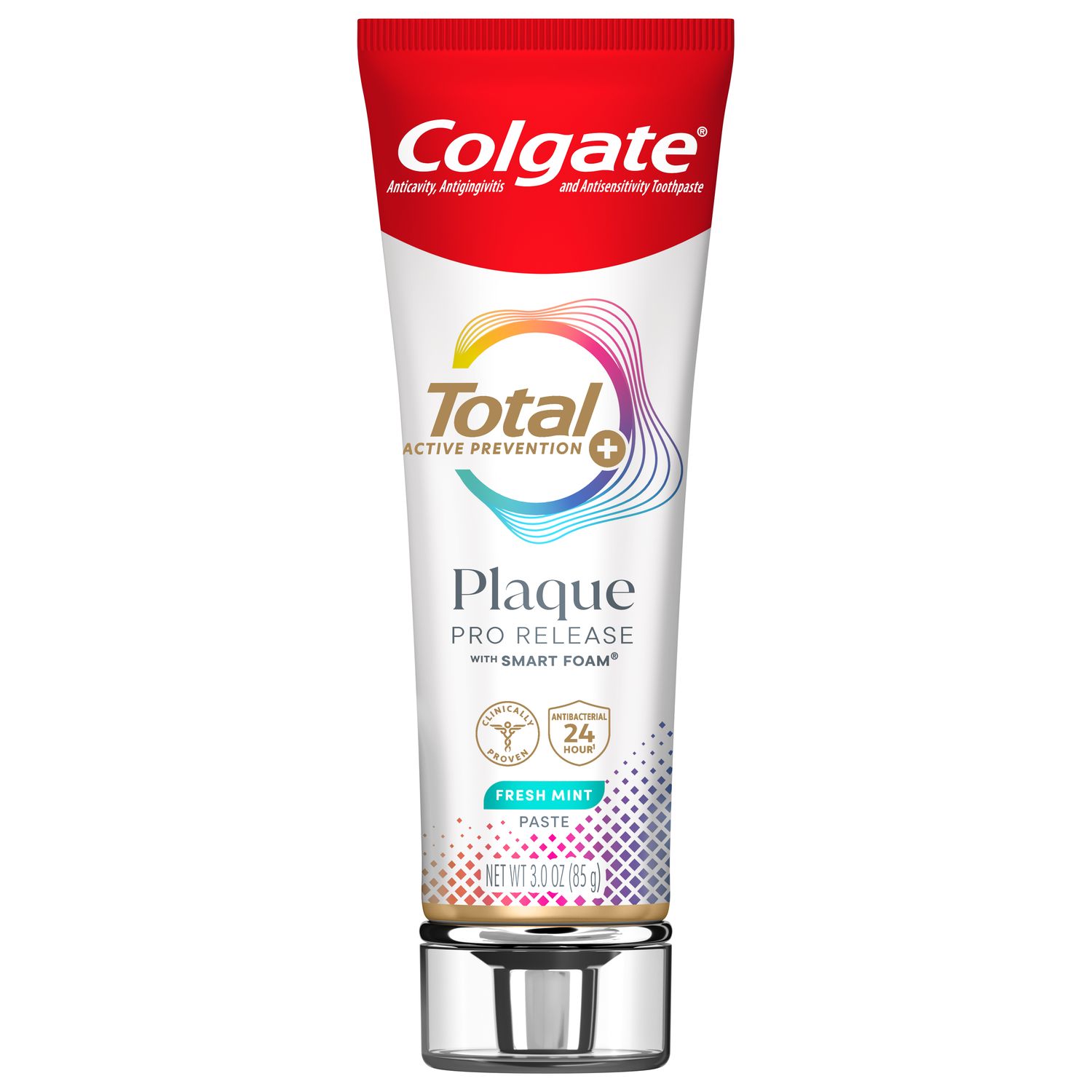
Dental hygienists play an important role in educating patients who are currently under, or are considering, orthodontic care. The American Dental Hygienists' Association Standards for Clinical Dental Hygiene Practice outline inclusion of a hard tissue examination and occlusion as part of the dental hygiene clinical examination. But are you comfortable noticing eruption patterns or potential problems that require orthodontic intervention?
In an interview with John Kacewicz, DMD of the Rhode Island Orthodontic Group, I asked about the importance of recognizing potentially problematic eruption patterns and when orthodontic action is needed.
Dr. Kacewicz graduated from Boston University's Goldman School of Dental Medicine. Orthodontic care is a three-generation family legacy for him. Dr. Kacewicz's father was an orthodontist in Providence, Rhode Island, and his son is also an orthodontist at the Rhode Island Orthodontic Group. Dr. Kacewicz was excited to share his insights about orthodontic care and how dental hygienists can be an important part of the referral process
Interview
Q: Dental hygienists learn to obtain occlusion data, such as angle classification, eruption patterns, overbite, overjet and midline discrepancies. What is the best way for a dental hygienist to use this information in the orthodontic referral process?
A: That is all important information, and it can help inform orthodontic treatment timing. Depending on the patterns of teeth eruption and the alignment problem that presents itself, an orthodontist will want to treat patients at different stages, such as when their permanent molars are erupting, when they are losing their deciduous teeth or undergoing a growth spurt.
Q: As an orthodontist, what is your recommendation for dental hygiene prophylaxis visits for patients under active orthodontic care?
A: I would love to see hygiene done every three months. I used to work with hygienists in my office, but I do not now. I respect the office of the general dentist and the services that a patient receives from their regular provider.
Q: What do you wish dental hygienists knew about your specialty?
A: It is common that when most people think of orthodontics, they think that the normal start time for treatment is in the 7th or 8th grade. That was historically true, but that treatment philosophy started in the 1950s and '60s, long before modern diagnostic tools were available. Without whole-mouth X-ray technology, there was no way to know eruption patterns or to see dental or skeletal problems developing, much less appliances available to treat them.
But then things changed. In the 1990s and early 2000s, growth studies showed that correctly timed orthodontic treatment could influence arch width and gave orthodontists the knowledge of growth and development that we have today. When we can increase arch width, we can increase the amount of available space for teeth to erupt closer to their normal positions. We can intercept eruption pattern problems and dramatically decrease the number of patients who previously would have had to have permanent tooth extractions to resolve crowding.
The American Association of Orthodontists recommends an orthodontic screening by 7 years-of-age. We don't treat all patients then, but we can intercept problems before they develop and treat them in a much less invasive way. It is our hope that treating problems as they are developing leads to better and less invasive treatment.
Our greatest hurdle is patient and parent education. Most adults are used to the old ways of treatment timing. What I would like dental hygienists to know is that you can have a huge influence on the quality of care your patients receive by educating them about orthodontic treatment using today's materials and methods rather than yesterday's.
Q: What are the most crucial indicators for dental hygienists to help in early interception?
A: If the dental hygienist has access to a patient's X-rays, watch the cuspids. Those are the teeth that are the most affected. If the permanent cuspids are not under the deciduous cuspids, the patient should receive an orthodontic evaluation. This is a huge service to patients.
Q: Since prevention is a cornerstone of dental hygiene, how can we help to reinforce the recommendations you give to patients?
A: Let's get rid of the term "early" treatment in favor of "interceptive" treatment. I would ask that dental hygienists reinforce that interceptive treatment is the new norm, done with the best interests of the patient in mind. A process that starts as soon as possible is more stable, less invasive and gentler for children who need it.
At my practice, we stress excellent oral hygiene. We teach patients, we practice with them and we give them oral hygiene aids like plaque-disclosing toothpaste. We appreciate hygienists' support!
Takeaways
- Look for eruption patterns on X-rays and reinforce the need for orthodontic evaluation by age 7.
- Educate patients and their parents on the need for evaluating whether, and what, orthodontic care may be required.
- Communicate with the orthodontic office to help with home care compliance.
Why It's Important
When dental hygienists make educated observations in occlusion or eruption patterns, they can discuss this with the patient and parent to help educate them. This can help the patient obtain less invasive interceptive treatment. Educating parents on the potential need for orthodontics when their children are as young as 7 years old, and on home care compliance during orthodontic treatment, may help set your patients up for a lifetime of beautiful, straight and healthy smiles!
Join us
Get resources, products and helpful information to give your patients a healthier future.
Join us
Get resources, products and helpful information to give your patients a healthier future.













